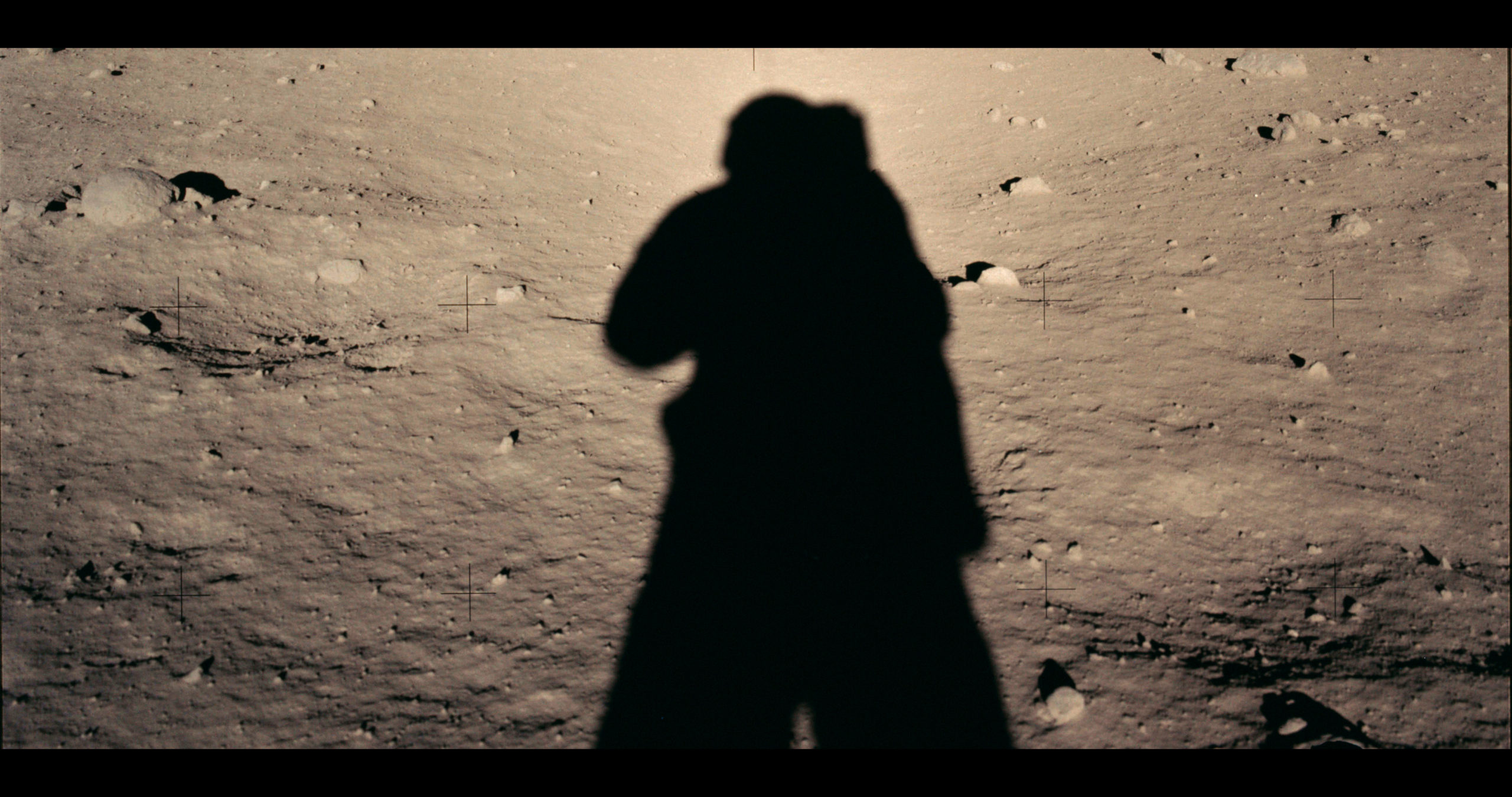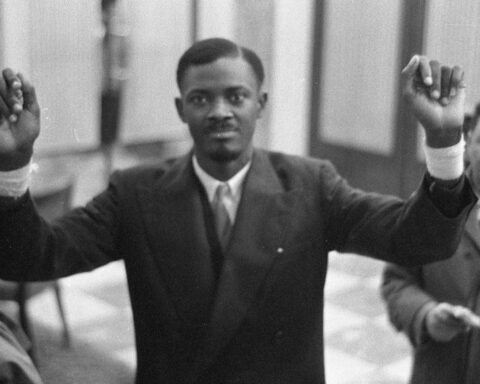Apollo 11
(USA, 93 min.)
Dir. Todd Douglas Miller
If you weren’t among the millions of people across the globe who huddled around crappy old televisions to watch the moon landing in 1969, be thankful that you’re alive to see it with the scope and bombast of IMAX. The historic mission of the Apollo 11, one of the greatest milestones in human history, receives a truly spectacular restoration just in time for its 50th anniversary. Todd Douglas Miller’s Apollo 11 is an exceptional achievement in archival filmmaking. The impeccably composed doc gives audiences a behind the scenes view of the landmark space mission using myriad archival sources, including footage within NASA’s mission control and the Apollo 11 spacecraft itself. The doc features recently discovered and previously unseen large format 65mm footage from the mission in addition to over 11,000 hours of audio material. Everything has been preserved and restored with the care and precision of a Criterion Collection masterwork. Neil Armstrong himself couldn’t have experienced the moon landing with this good a view.
The 65mm footage is the real find here as Apollo 11 presents amazing details that helped Armstrong land his feet on the moon. The quality of the images is breathtaking and it looks contemporary thanks to the preservation by the National Archives. For example, an early shot of the Saturn V rocket being wheeled out to the launch pad on a gargantuan apparatus affords a sense of the sheer scope of the Apollo 11 operation, as well as the awesome sense that one has never seen the mission quite like this before. As the footage shows the rocket travelling to the bay with thousands of onlookers peppering the frame like tiny ants, the film nods to humankind’s small significance in a universe that’s about to get a whole lot bigger.
Apollo 11 successfully completes a Herculean task in telling the story of the moon landing from all-angles using pre-existing coverage. It’s a marvel of technical accomplishment, but more than that, it’s a dynamic and enthralling time capsule. The doc allows anyone who wasn’t alive to witness the moon landing to experience fully the scale and significance of this moment in history. What Miller achieves through this representation of the mission is a tapestry that acknowledges the many unsung heroes who played a role in the mission.
The doc is less focused on the heroic astronauts who first set foot on the moon, although Armstrong and Buzz Aldrin certainly get their dues. It instead offers an energetic behind the scenes look at the NASA technicians monitoring every inch of progress and every heartbeat of the astronauts while the world watched anxiously as the Apollo 11 sought to go where no person had gone before. Some of the most exciting footage is not from the moon, but from within mission control where oodles of space geeks watch dials and drink stale coffee from Styrofoam cups. Apollo provides an account of history as it was lived, not simply by the heroes who made the headlines, but by everyone who made said headlines possible. The collage of audio features a mix of interviews and news footage that captures the energy of the mission’s many players, while poetic ramblings by Walter Cronkite and a Presidential address by Richard Nixon convey the significance of the event for the world.
Some of the additional newly found footage features the rock stars themselves as Apollo 11 shows Armstrong, Aldrin, and Michael Collins suiting up moments before lift-off. This candid look captures the excitement and energy as they await the mission for which they’ve tirelessly prepared. The footage also affords audiences a sense of the details of the mission, like the space suits and technical sophistication of the launch, as the cameras tour through the halls and into the pod. Once the film brings audiences into space, the footage is a sight to behold as a mix of camera formats—including 70mm!—form a collage of the space mission with so much coverage one would swear was it a re-enactment. The footage from the moon’s surface is so vivid that one can easily play detective and see that there aren’t any tire tracks or teamster footprints to betray the suspicion that they faked the whole thing.
Audiences worried about Armstrong fatigue after seeing First Man needn’t fret, either, because Apollo 11 is especially enjoyable as a companion piece to the Ryan Gosling drama. First Man is more about the interiority of Armstrong’s journey, while the doc covers the mission from the macro level. Additionally, Apollo 11 lets an engaged viewer compare the details of the documentary footage to its dramatic counterpart, and one can’t help but watch Apollo 11 and marvel at how well Damien Chazelle’s dramatic interpretation mirrors the real thing, right down to the American flag planted on the moon.
As with First Man, Apollo 11 is an engaging account of human endeavour. Driven by a propulsive score by Matt Morton, which is not quite as innovative as Justin Hurwitz’s Theremin-fuelled music for First Man, but equally as captivating, Apollo 11 ensures that audiences watch the unfolding of the moon landing with the same thrill of suspense and discovery that millions of people around the world felt in 1969. The story of the Apollo 11 mission never gets old and one experiences it with awe and wonder anew thanks to this astonishing documentary.
Apollo 11 opens March 1 in select cities. Visit the POV blog for additional cities.
Read more about Apollo 11 in Jason Gorber’s report on docs at Sundance.











